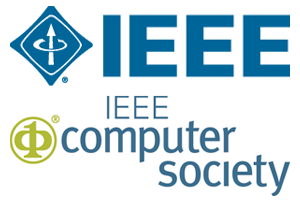Opening Keynote:
Prof. Gudrun Klinker (Technical University of Munich)
Ubiquitous, dynamic inclusion and fusion of tracking data from various sources for mobile AR applications in “AR-ready environments”
Abstract:
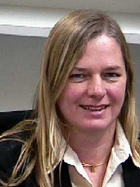
With augmented reality becoming increasingly mobile, the need for ubiquitously available and flexibly configurable tracking services is becoming more and more urgent. At TU Munich we envision AR-ready environments that offer stationary tracking resources – to be fused on mobile devices with their own, built-in tracking facilities, depending on availability and application requirements. The talk will describe the underlying principles and capabilities of the Ubitrack system that is being developed in Munich.
Biography:
Prof. Gudrun Klinker, Ph.D. studied computer science (informatics) at the Friedrich-Alexander Universität Erlangen, Universität Hamburg (Diplom) and Carnegie-Mellon University (Ph.D.) in Pittsburgh, PA, USA, focusing on a physical approach to color computer vision. In 1989, she joined the Cambridge Research laboratory of Digital Equipment Corporation in Boston, MA, working in the visualization group on the development of a reusable tele-collaborative data exploration environment to analyze and visualize 3D and higher-dimensional data in medical and industrial applications. Since 1995, she has been researching various aspects of the newly emerging concept of Augmented Reality, first at the European Computer-industry Research Center, then at the Fraunhofer Institute for Computer Graphics, and since 2000 at the Technical University of Munich. Here, her research focus lies on developing approaches to ubiquitous augmented reality that lend themselves to realistic industrial applications.
Prof. Klinker is one of the co-founders of the International Symposium of Augmented Reality (ISMAR). She has served on numerous program committees such as VR, VRST, 3DUI, and UIST. She is author and co-author of more than 100 reviewed scientific publications.
ICAT-JVRC Joint Keynote:
Prof. Robert Lindeman (Worcester Polytechnic Institute)
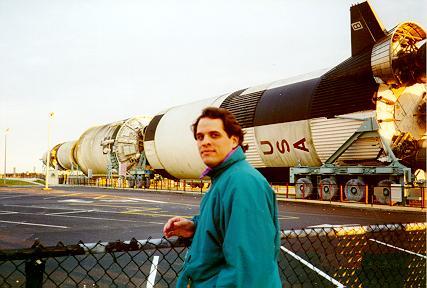
Biography:
Rob Lindeman has been doing research in the field of virtual reality since 1993. He is an Associate Professor and director of the Human Interaction in Virtual Environments (HIVE) Lab at Worcester Polytechnic Institute (WPI) in Massachusetts, USA. He joined the WPI Computer Science Department in 2005 as one of the first faculty hired in support of their new program in Interactive Media & Game Development (IMGD), which offers undergraduate and graduate degrees. He received his Doctor of Science (ScD) degree from The George Washington University in 1999 in the areas of Computer Graphics and Human-Computer Interaction. The HIVE focuses on immersive, multi-sensorial feedback systems for VR, AR, and gaming, as well as natural and non-fatiguing interaction. Rob is a Senior Member of both the IEEE and ACM. He is an avid geocacher, skier, and soccer player.
ICAT-JVRC Joint Keynote:
Prof. Susumu Tachi (Keio University)
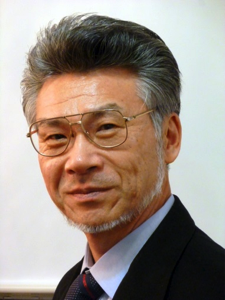
Abstract:
The history of 3D elucidates that it has a thirty year cycle of evolution. Further, it was discovered that VR (virtual reality) and AR (augmented reality) evolved almost a decade after the 3D crazes occurred. This leads to the conjecture that the next VR and AR craze will be in the 2020s. AR augments the sense and intellect of a human. Human augmentation or augmented human (AH) augments humans not only in their senses and intellect but also in their motions and abilities to transcend time and space. Human augmentation in time and space is termed as telexistence. In addition, the evolution of telexistence is reviewed along with a glance at its future prospects.
Biography:
Prof. Susumu Tachi received his B.E., M.S., and Ph.D. degrees in mathematical engineering and information physics from the University of Tokyo in 1968, 1970, and 1973, respectively. He joined the Faculty of Engineering of The University of Tokyo in 1973, and in 1975, he moved to the Mechanical Engineering Laboratory, where he served as the Director of the Biorobotics Division. From 1979 to 1980, Dr. Tachi was a Japanese Government Award Senior Visiting Scientist at the Massachusetts Institute of Technology. In 1989, he rejoined The University of Tokyo, and served as Professor at the Department of Information Physics and Computing till March 2009. He is currently Professor Emeritus of The University of Tokyo and Professor of Robotics and Virtual Reality at Keio University, Japan.
He is the 46th President of the Society of Instrument and Control Engineers (SICE), a Founding Director of the Robotic Society of Japan (RSJ), and the Founding President of the Virtual Reality Society of Japan (VRSJ). From 1988, he has served as Chairman of the IMEKO Technical Committee on Measurement in Robotics and directed the organization of ISMCR symposia. He initiated and founded International Conference on Artificial Reality and Telexistence (ICAT) and International-collegiate Virtual Reality Contest (IVRC). He is the 2007 IEEE Virtual Reality Career Awardee and a member of IEEE VR Steering Committee.
Invited Keynote:
Dr. Carolina Cruz-Neira (University of Louisiana, Lafayette)
Let them Move: Introducing Real Walking into a CAVE
Abstract:
Virtual Reality has evolved significantly from its early days to its current state, but a recurring issue throughout the years has been how to provide the ability to walk in the virtual space as we walk in the real world. This presentation presents an overview of over 20 years of experiences with building VR applications and then discusses the work on integrating the ability of physical walking and running into a CAVE environment. This is accomplished through the incorporation of an omnidirectional treadmill (ODT) system as the floor of the CAVE to enable walking when exploring virtual worlds. The ODT allows for walking in all directions that is, users are able to walk in circles if they so desire. Furthermore, the ODT supports walking and running speeds up to 6 miles per hour, providing a good range of exploring paces to users.
Even for those of us used to work in virtual environments, the ODT provides a new experience in which our body becomes the interactive device. Exploring virtual environments is a new adventure in which space, scale, and distance among the objects and environments are measured through our motion as it happens in the real world.
Biography:
Dr. Carolina Cruz-Neira is the W. Hansen Hall and Mary Officer Hall/BORSF Endowed Super Chair in Telecommunications in Computer Engineering. Dr. Cruz was the founding Executive Director (CEO) of the Louisiana Immersive Technologies Enterprise (LITE), a State of Louisiana initiative to support economic development through the use of immersive technologies. She was also the LITE’s Chief Scientist and a member of the Board of the Greater Lafayette Chamber of Commerce until 2012.
Invited Keynote:
Dr. Zafar Taqvi (University of Houston System)
Reality and Perception: Utilization of Many Facets of Augmented Reality
Abstract:
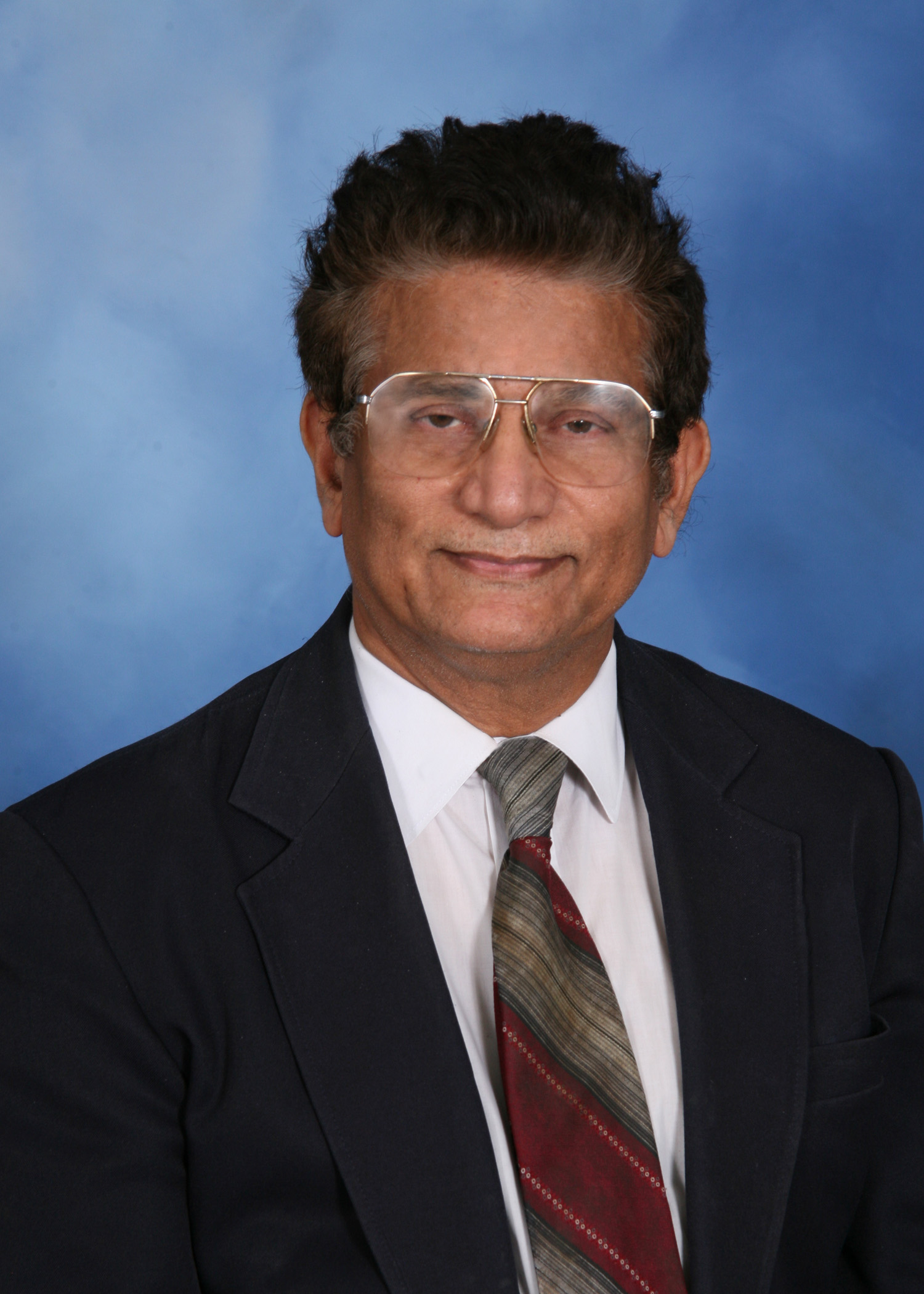
The concept of ‘manifested reality’ came into being over two decades ago but has since been developed into a very powerful tool in providing almost a real perception of the artificial world. Starting with the interactive accessibility of the user to the simulated environment, the current technology of integrating the real world with the artificial environment opens up a new arena to the utilization of augmented reality systems (AR). There is an immersion of the integrated real and simulated world which provides a unique perception to the users. This technology has already moved to the marketplace and shows great promise in its application to the fields of arts, architecture, commerce, construction, education, entertainment, gaming, system maintenance, medical and military applications.
This presentation will discuss the new applications of the technology and its future trends.
Biography:
Zafar Taqvi is an Adjunct Faculty at the University of Houston System and a consultant in the area of engineering analysis. He received his PhD at University of Houston in Electrical Engineering in the field of communication and control. He received his Master of Science in Electronics and Radio Engineering, and BS degrees from Allahabad University, India. He worked for aerospace industry (Lockheed, Dynacs Engineering, and Barrios Engineering) on advance communications and tracking and on robotics projects from Apollo to the International Space Station projects at NASA/Johnson Space Center. He was awarded the Donald Beckman Education Award, Distinguished Service award and Life Fellow award by the International Society of Automation (ISA), and Professional Leadership Award and Third Millennium Award and Medal by IEEE. He was ISA’s Director of Robotics and Expert Systems Division, Director Telemetry Division, V/P Automation and Technology, and Chairman A&T Advisory Board, IEEE’s Aerospace Society Board members and Director International Operations. He is currently chair of IEEE Galveston Bay section Robotics and Automation Society Chapter. He holds membership in honor societies of Tau Beta Pi, Eta Kappa Nu, Phi Kappa Phi, Sigma Xi and Omicron Delta Kappa.












